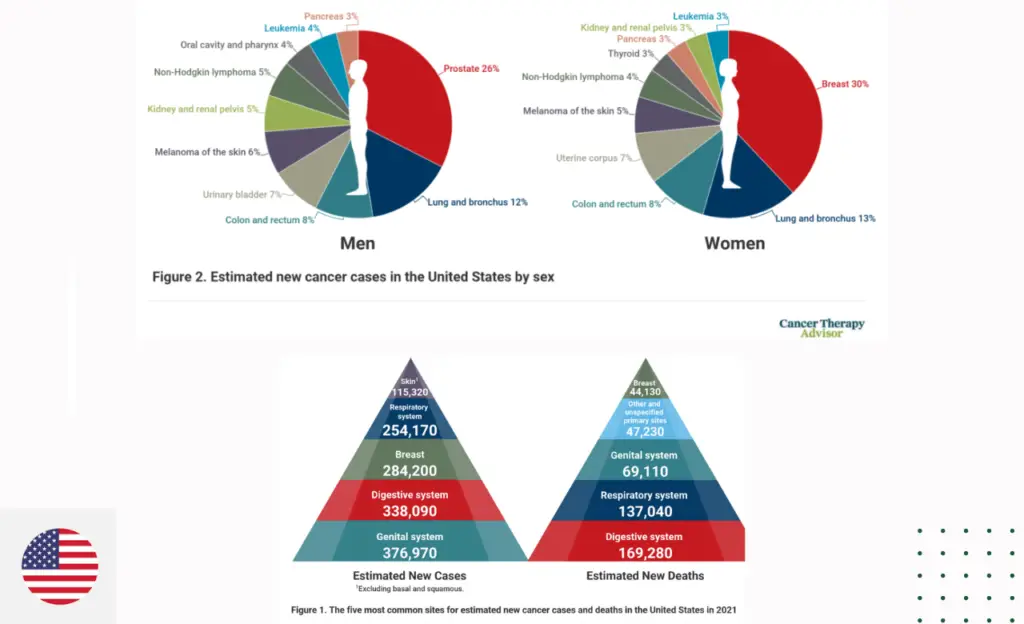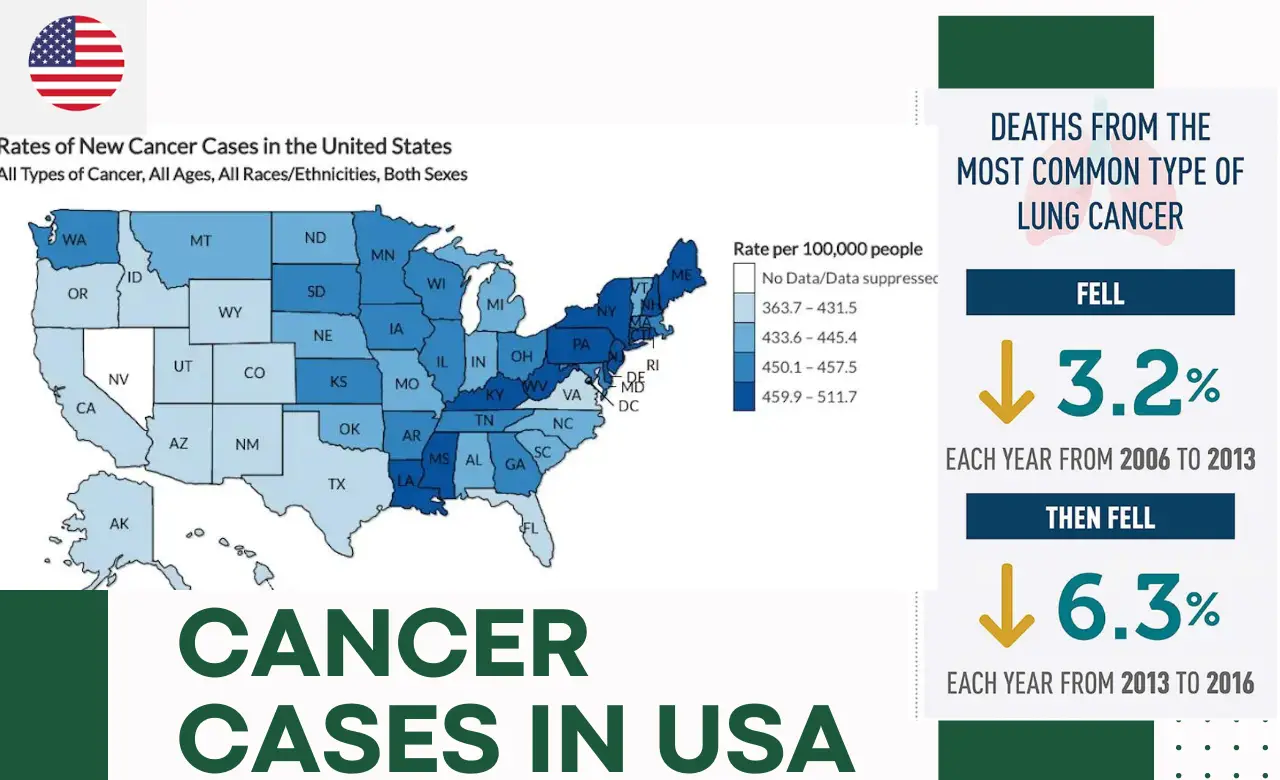Princess Kate’s 42-year-old cancer diagnosis brings attention to a terrible illness that, while more treatable, appears to be affecting younger individuals.
The risk of cancer in Americans-More About this:
The likelihood of having cancer in the United States is approximately 40% during one’s lifetime. Cancer is the second-leading cause of mortality in the United States, taking the lives of just under 20% of those who develop it.
According to the American Cancer Society, 88% of diagnoses occur in persons 50 years of age and beyond, making it generally accepted as an aging illness.
However, the National Cancer Institute reports that colon cancer is becoming more common in younger people. The risk of cancer in Americans born between 1981 and 1996 is double that of Americans born in 1950.
Uncertainty surrounds the cause of the rise in other malignancies among younger persons.
Following a diagnosis, many people attempt to retrospectively analyze their health in an attempt to figure out how and why they became ill, as well as what went wrong, according to Gynecologic surgeon Dr. Ginger Gardner of the Memorial Sloan Kettering Cancer Center in New York.
They frequently took no action at all. The risk of cancer in Americans and The good news is that there are strategies to raise the chances, many cancer kinds can now be survived for years or even decades, and the quality of life for those who have survived has significantly improved. Raising the likelihood of surviving cancer
She stated that being conscious of your body comes first.
“If something feels different, be proactive and get it checked out,” she said.
According to Dr. Richard Barakat, physician in chief and executive director of the Northwell Health Cancer Institute, which runs 21 hospitals and 10 cancer centers in New York, it could entail variations in the way the bowels move, discomfort or pressure in the pelvis, bloating, or rectal hemorrhage. Additionally, screening provides a chance to detect some malignancies early on, when treatment options are usually less severe and survival rates are higher.
According to federal guidelines, routine screening for cervical cancer should begin at age 21, colon cancer at age 45, breast cancer at age 45 (with the option to begin at age 40), lung cancer at age 50 for smokers, and prostate cancer at age 55 for those with an average risk of the disease (with earlier screening recommended for those at higher risk).
Cervix, penis, and anus cancer are among the many cancers that the HPV vaccine can significantly lower your risk of developing.
Given that many therapies and screenings are now linked to particular genetic patterns, Gardner added that genetics and family history can also be helpful.
The risk of cancer in Americans risk is rapidly growing very fast.
Certain genetic diseases, like Lynch Syndrome, can raise the risk for a variety of cancers, while other genes, like BRCA1 and BRCA2, are linked to certain malignancies, such breast and ovarian, prompting some people to have preventive procedures.

Gynecologic malignancies are Gardner’s specialty; she claims: that there is a diagnosis in the United States every five minutes and that funding for research into these diseases is appallingly low. Gynecologic cancers include cervical, ovarian, uterine, vaginal, and vulvar cancers.
Gardner said, “We are in a very exciting time of research and better understanding the biology of these diseases.” “More research is needed on women’s cancers.”
The numbers for cancer
Over 600,000 Americans lose their lives to cancer each year, striking approximately 1.6 million of them.
According to projections made by the American Cancer Society, 611,720 people will pass away from cancer in 2024. While it is far lower than in 1991, the number is somewhat higher than it was a year ago. The most recent data from the organization shows that between 1991 and 2021, the rate of cancer-related deaths decreased by 33%.
The risk of cancer in Americans & According to the Centers for Disease Control and Prevention’s most recent data, there were 1,603,844 new cancer cases reported and 602,347 cancer-related deaths in the US in 2020.
The most recent data available from the CDC showed that for every 100,000 persons, there were little over 400 new cancer cases reported and 144 cancer-related deaths. Which cancers occur most frequently?
The National Cancer Institute lists melanoma as one of the most prevalent types of skin cancer along with breast, lung, prostate, colon, and rectal cancer. Prostate, lung, and colorectal cancers are more common in men, whereas breast, lung, and colorectal cancers are more common in women.
According to the CDC, adopting healthy lifestyle practices that restrict alcohol and tobacco use, eat a diet low in highly processed foods, and minimize sun exposure can all help lower The risk of cancer in Americans.
According to Barakat, the cause of several malignancies that are rising in younger individuals is unknown. Obesity, alterations in the gut flora, and the environment have all been taken into account. He described it as “quite worrisome.”

